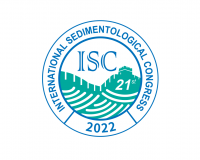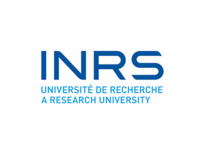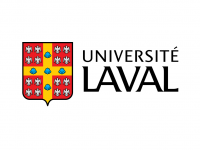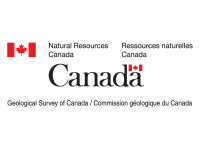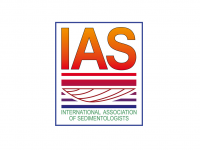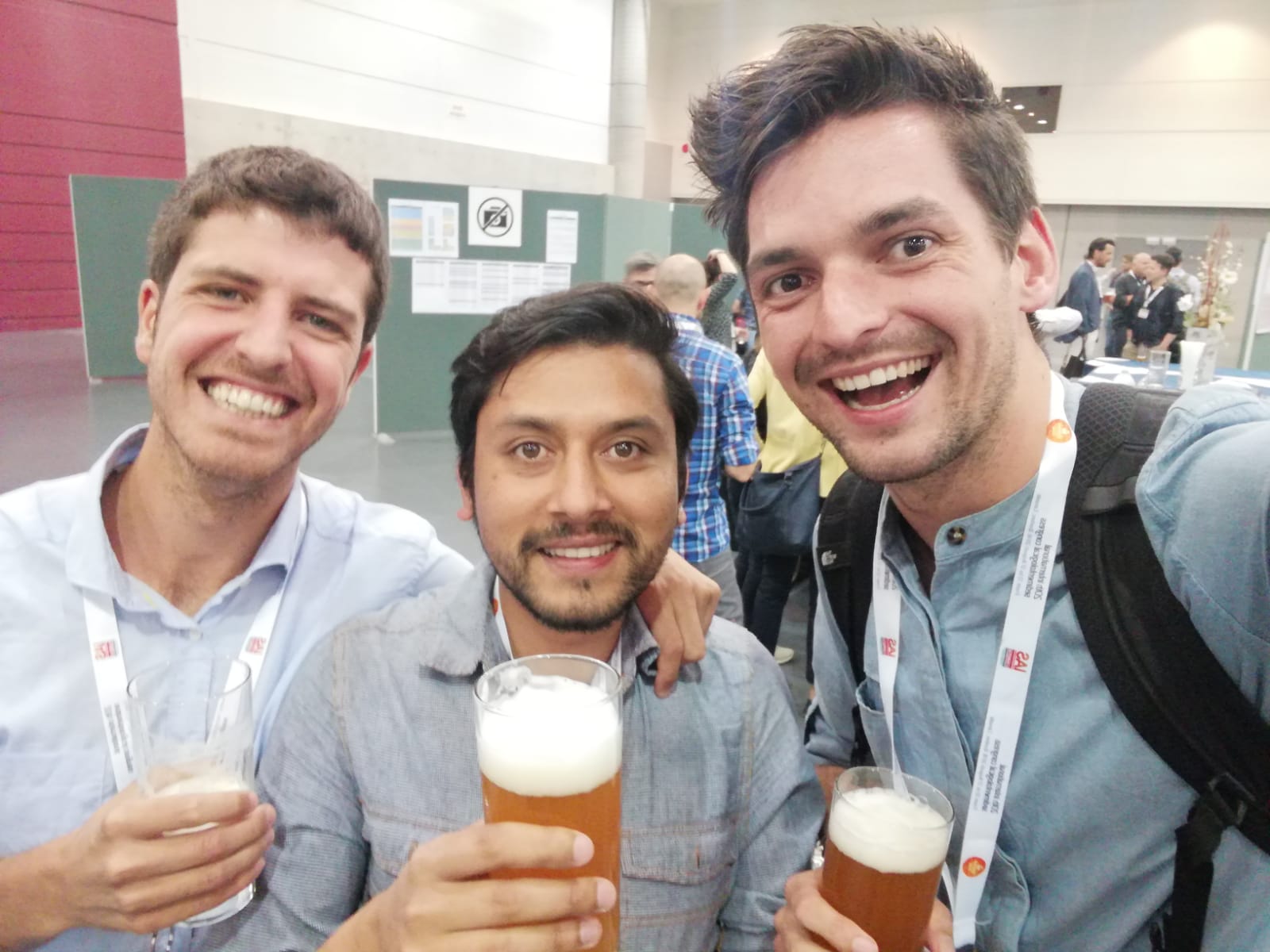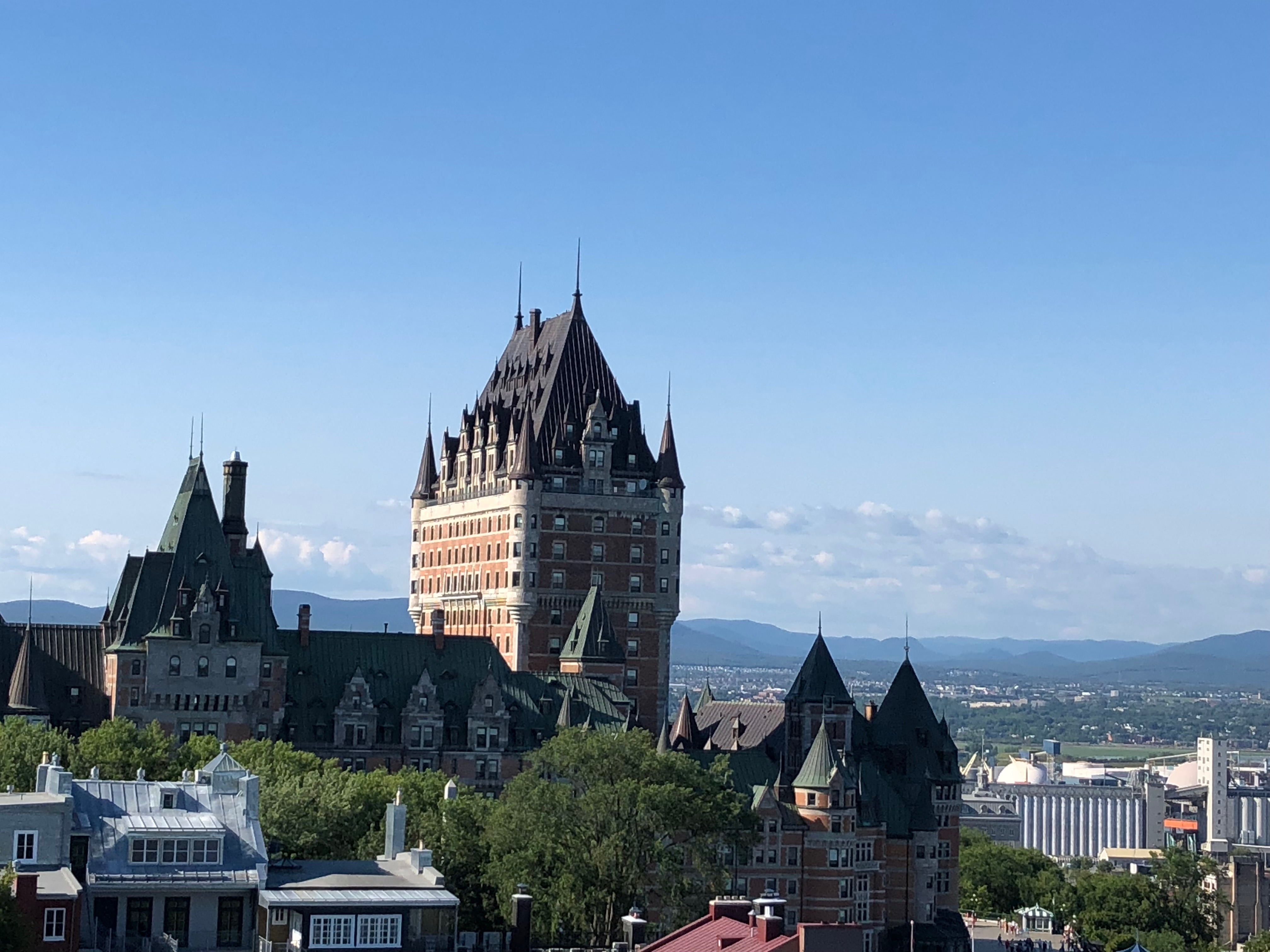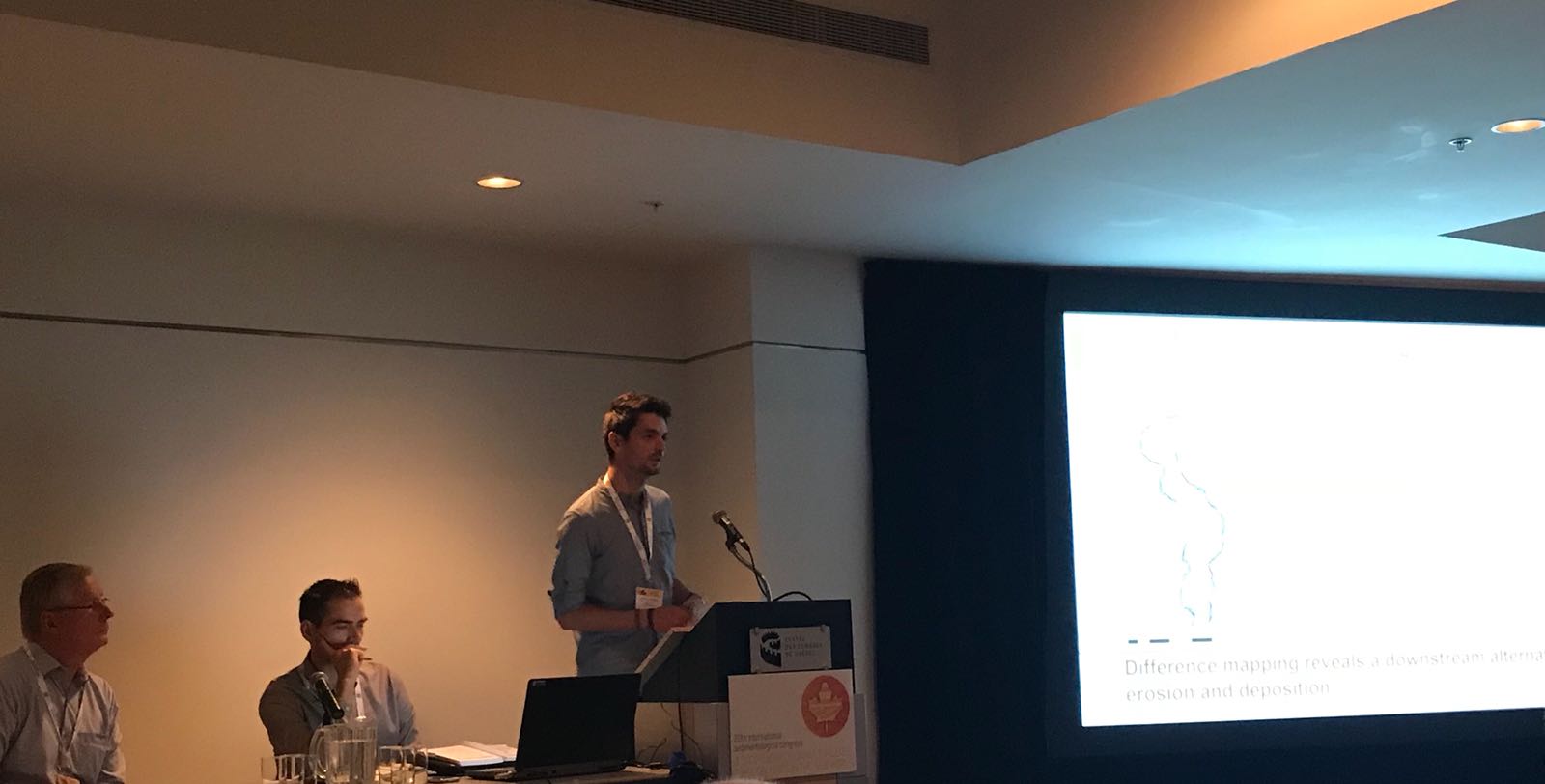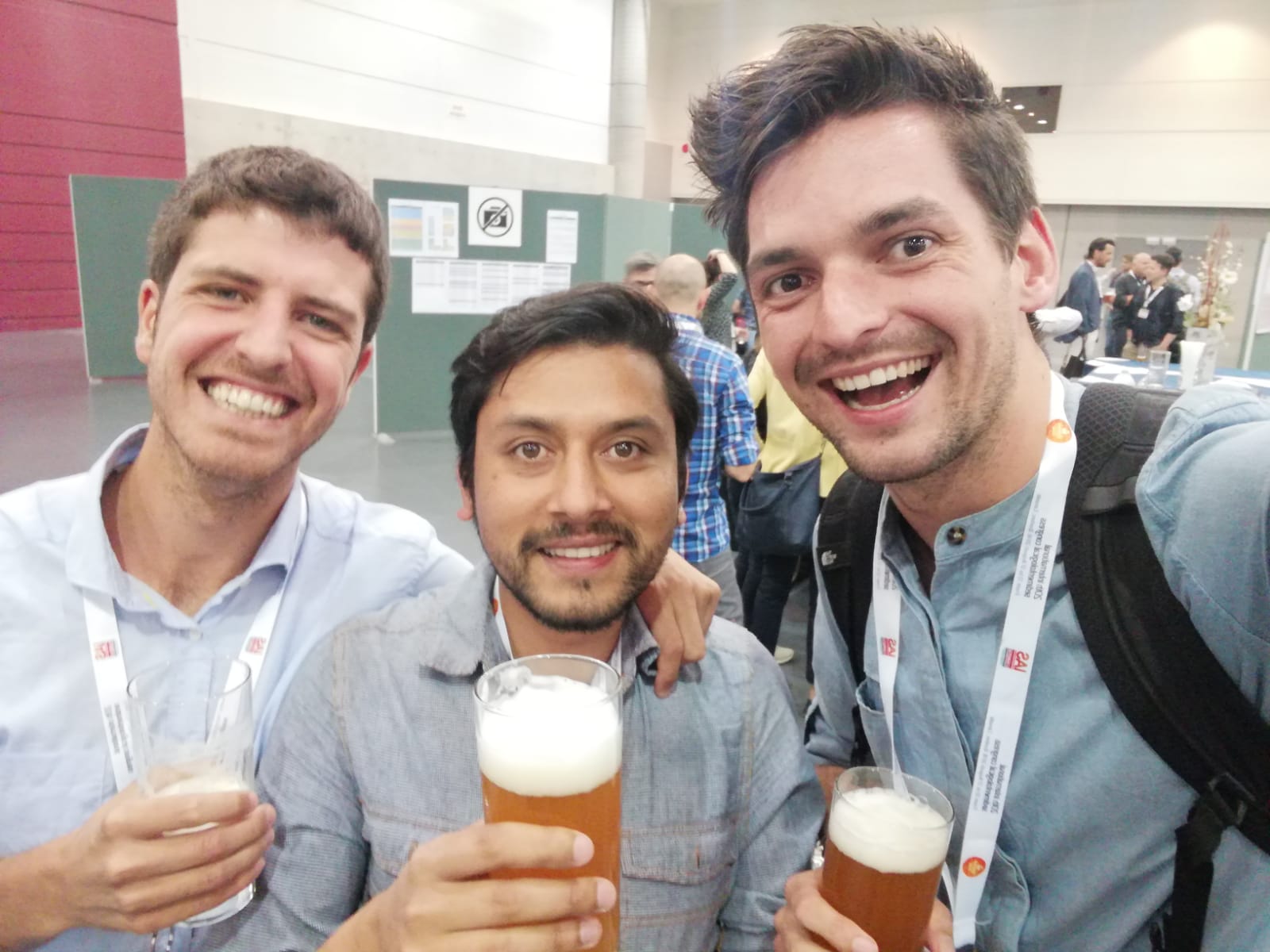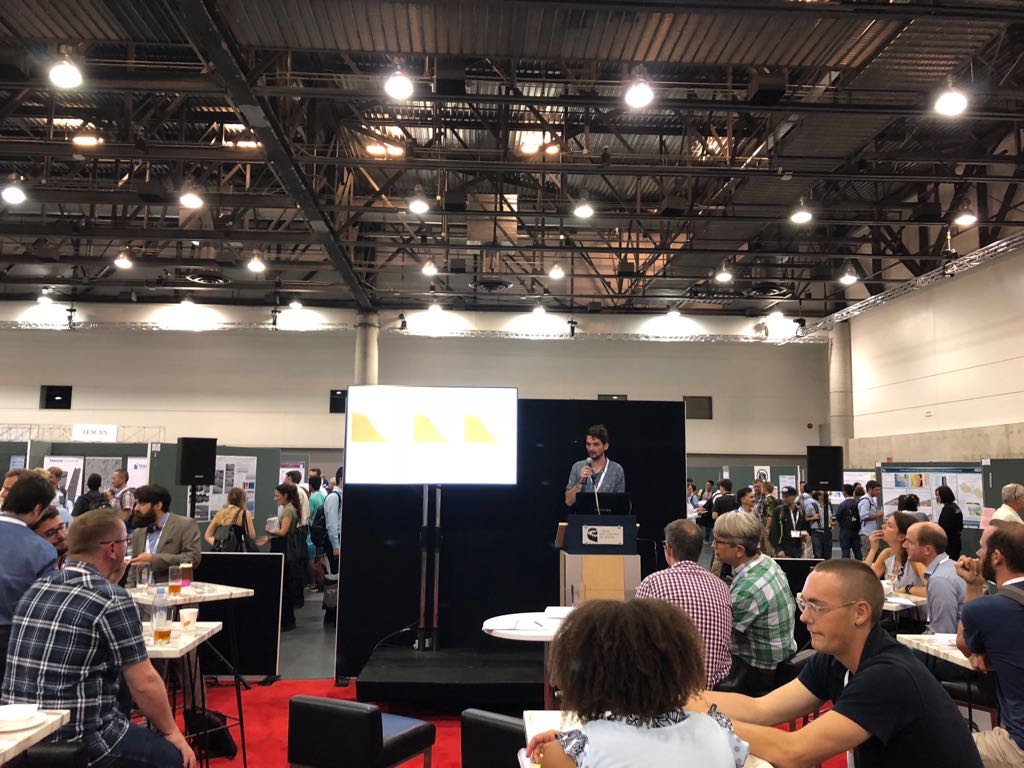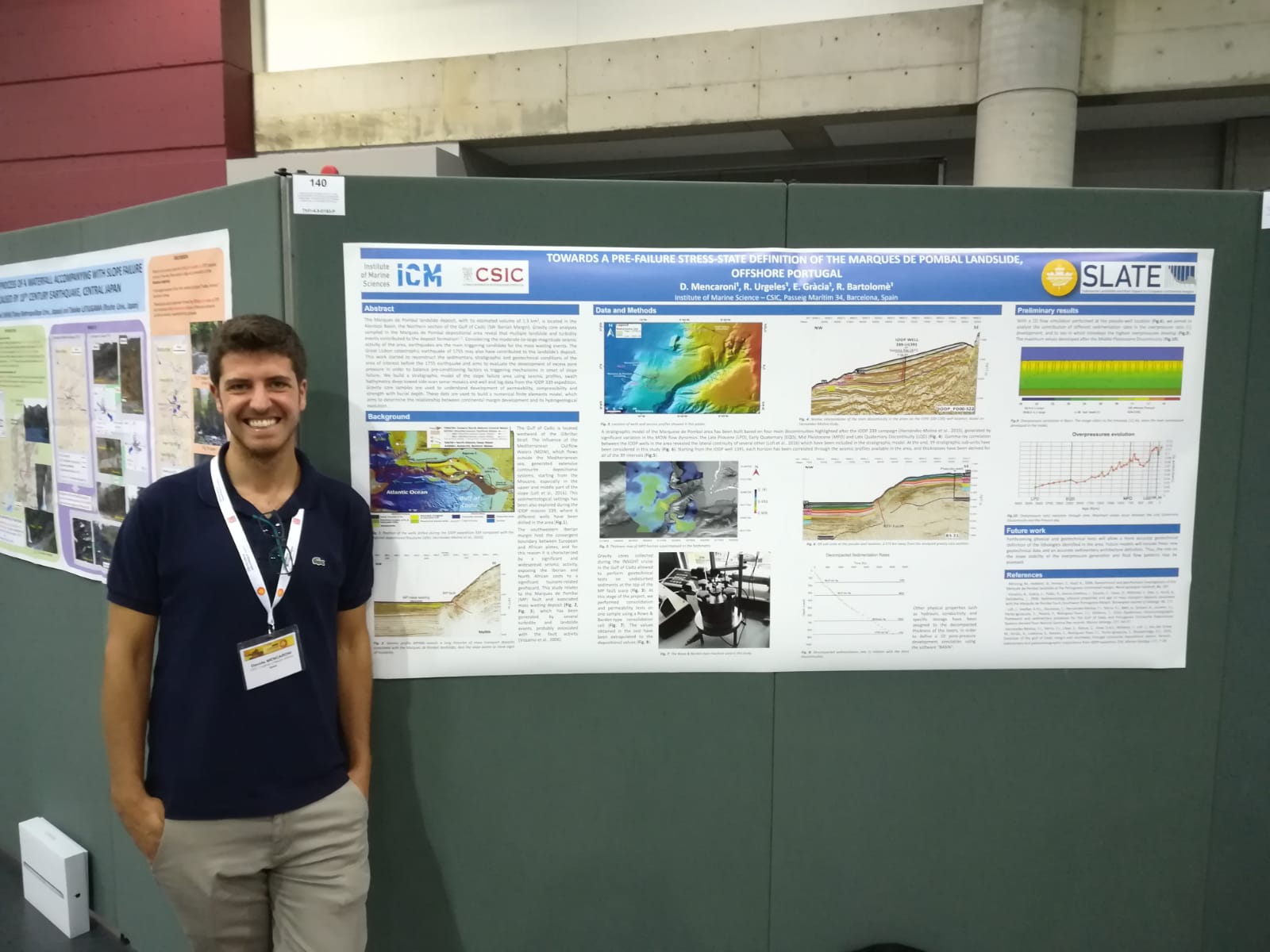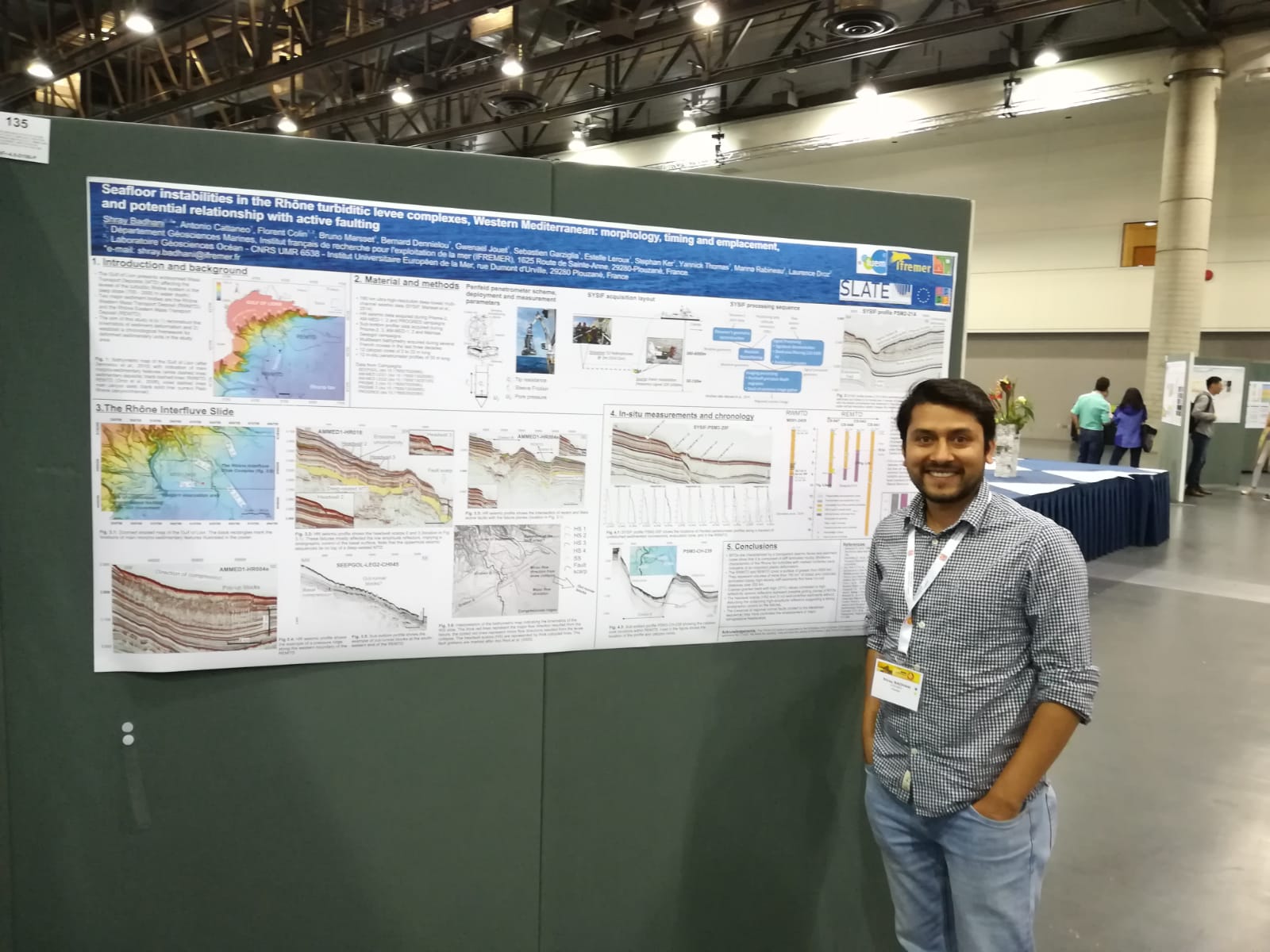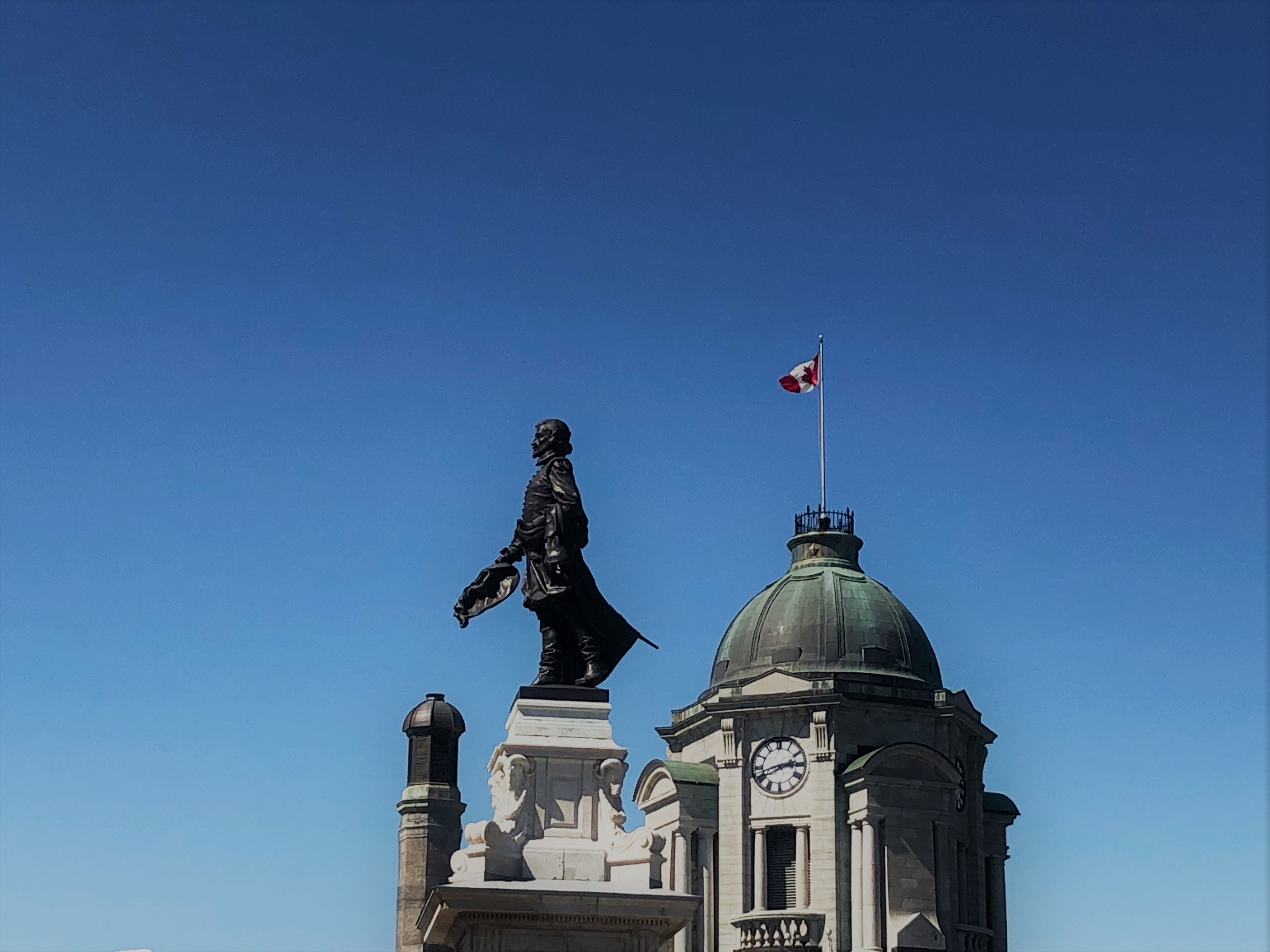
ESRs' experiences of the "International Sedimentological Congress" 2018 (ISC2018)
Shray Badhani (ESR4), Davide Mencaroni (ESR6), Maarten Heijnen (ESR10) | @ Québec, Canada (13-17 August 2018)
The International Sedimentological Congress (ISC) 2018 was held from 13-17 August in Quebec, Canada. The ISC is organised every four years by the International Association of Sedimentologists (IAS). A “regular” IAS meeting takes place somewhere in or around Europe in the other years. The conference consisted of four days of scientific presentations on Monday, Tuesday, Thursday, and Friday and several courses and fieldtrips on the Wednesday, before the conference, and after the conference. The days with scientific presentations started with parallel oral sessions at 8.30, a keynote presentation at 10.40, and more parallel session from 11.45 till 17.00. The day ended with a 2-hour poster session. Besides long days of science, the attendees could also enjoy themselves during the conference dinner on Wednesday, early-career drinks on Tuesday, and the goodbye drinks on Friday. SLATE was represented at the ISC by three ESRs:
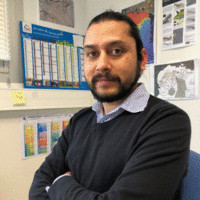
“As my participation to the ISC 2018 was not finalized until the last week, it came as an adventure in the end and fortunately I made it to the conference. Although I had to do a lot of last minute planning, as putting up a piece of science in front of experts is always challenging. However, I believe that this happens quite often in the world of science. Nevertheless, I ended up having a lot fun during the conference and I can certainly say that it was one of the best conferences I have attended so far.
I presented a poster entitled “Seafloor instabilities in the Rhône turbiditic levee complexes, Western Mediterranean: morphology, timing and emplacement, and potential relationship with active faulting” in the session “Effect of mass movements on the sedimentological environment” on Thursday, 16th and Friday, 17th.
I attended several interesting talks related to deep sea environment, submarine mass movements and trending topics in sedimentology. I also had the opportunity to talk to the researchers working on submarine mass movements and share my ideas to them and at times invite them to my session to have an exchange. I was able to get in touch with several researchers including Michele Rebesco from OGS, Italy, Ariane Locat from University of Laval and Marc De Batist from University of Ghent to get some feedback about my interpretations on the submarine landslide on the Eastern levee of the Petit Rhône Canyon. Also, I got pleasantly surprised when I saw “The” David Piper reading my poster and I got an opportunity to discuss my results with him.
Additionally, I attended two workshops: 1) How to write a Research Proposal (by Adrian Immenhauser, University of Bochum and IAS President) and 2) How to write an article for Sedimentology or The Depositional Record (by Nigel Mountney, Chief editor of Sedimentology, University of Leeds and Peter Swart, Chief Editor of The Depositional Record, University of Miami). These workshops were organised by the Early Career Scientists committee of the IAS. The first workshop focused on informing the target audience about how to apply for a range of funding options available at the IAS such as travel grants or post graduate grants etc. As the title suggests, the second workshop was focused on how to write an article for Sedimentology or The Depositional Record, but was not only limited to that. The tutors also answered some practical questions such as: How to select an appropriate journal for the research? How to organise the manuscript? What should be the length of the manuscript? What are the key elements that the editors are going to look for? What to do to increase the visibility of the research? etc.
Overall, the five days of the conference were intensively fruitful and significantly enhanced my knowledge about current topics in sedimentology. The knowledge I gathered during the conference will surely help me move further in my research.”
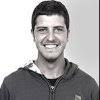
“The ISC 2018 is not something I am going to forget, at least because it was my first time in lots of aspects: first time in Quebec. First time in Canada. First conference I attended since my PhD started, first poster presentation ever, and in general first time I presented my project outside my work environment.
The period before the conference has been particularly intense in terms of work, since beside my work I was in charge to present another poster and an oral presentation about other projects I am involved at ICM. Nevertheless, since all my duties were planned for the last two days of the conference, I had plenty of time to enjoy the congress.
One of the most useful things about such a conference, which gathers geologist from all around the world and the most important institutes worldwide, is to have a better understanding on which are the main focuses for the sedimentology community in our times, and what is people working on. Mass transport deposits were definitely one of the key topics on the conference: besides a session specifically dedicated to the topic, presentations about submarine landslides were performed basically in any of the sessions, even in the ones I did not think I would have been interested in joining. This testifies how widespread is the topic in sedimentology, and how a multi-disciplinary approach is a key factor to fully understand them.
In my opinion, such a big event for specialists is first of all a unique opportunity for networking. From old professors who meet once again to remember that campaign they did together many years before, to PhD students who get triggered by listening the talk from a name they saw in many papers, people were at ISC to meet people. From this point of view, my poster presentation was for me a big success: reading from the badge the name of a someone who is a big expert about my study area or a technique I am using, standing in front of my poster and listening to what I am trying to do, was a major satisfaction. And of course a big opportunity to get hints on how to proceed or what to review.
Last but not least, thanks to this conference I discovered the beautiful city of Quebec and the kindness of its people. It was quite a pity that I could not stop by some more days and explore the surrounding nature after the conference, but for sure it will not be the last time I visit that beautiful part of the world.”
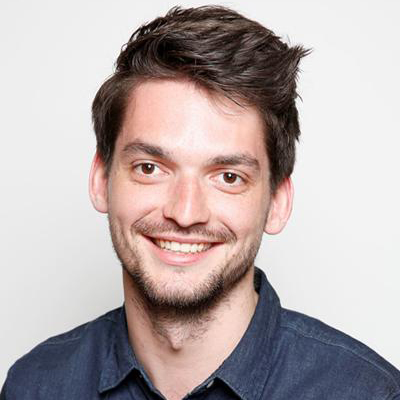
“I was super excited when I received the email that my abstract entitled: “Upstream-migrating knickpoints: The dominant control on submarine channel evolution?” had been accepted as an oral presentation. The ISC is one of the biggest conferences in the world for a sedimentologist, so I was not expecting to get an oral as a first-year PhD student. I was happy yet slightly tense. Fortunately, I gave a presentation on the same topic before, making me slightly less nervous. After making my presentation and practising it one last time, I got in the airplane to Quebec.
I participated in the pre-conference workshop “Supercritical-flow processes and bedforms: state-of-the-art and future directions”, organised by Arnoud Slootman (King Fahd University of Petroleum and Minerals, Kingdom of Saudi Arabia), Alexandre Normandeau (Natural Resources Canada, Dartmouth), Stephen Hubbard (University of Calgary, Canada), and Matthieu Cartigny (Durham University, UK). I learned a lot about the present ideas on supercritical flow and the bedforms it creates, what methods are used in studying this, and in what settings these bedforms can be found. A lot of the structures and problems addressed during the workshop are also present in my data, so it was good to learn more about them and discuss with other scientists working in similar fields.
It was time for the ice-breaker straight after the workshop. It was nice to see familiar faces, including Shray and Davide of course, and meet some new people in a casual setting before the conference started. Then, on Monday, the conference really started. It was great to see so many other sedimentologists and I enjoyed the presentations, posters, and discussions. The IAS initiated several activities for early career scientists this year, including a special lounge in the poster hall and an early career scientists’ night on Tuesday. Scientist could present their work in this lounge in a slightly more informal setting. I volunteered to give my talk here on Monday afternoon, to practise my talk, and to advertise for my talk on Friday a little. I received positive reactions and useful to the point feedback on my talk from several people. This really helped improving my talk on Friday and made me feel a bit more confident about it.
I enjoyed some exciting science and learned a lot from it, had a great time during the early career scientists’ night, and felt a little posh during the beautiful conference dinner during the next few days. And then it was Friday. My talk was scheduled for 9.10AM. I practised my talk before going to bed early the night before, but I was still nervous. I think my presentation went well and got some good reactions on it afterwards.
Overall, I really enjoyed the conference a lot. The combination of cool science, nice people, fun activities, and a beautiful city and congress venue made ISC2018 for me a great success!”
- Québec, Canada
SLATE participants
- S. Badhani, ESR4 [Poster]
- D. Mencaroni, ESR6 [Poster]
- M. Heijnen, ESR10 [Talk]
Impressions

